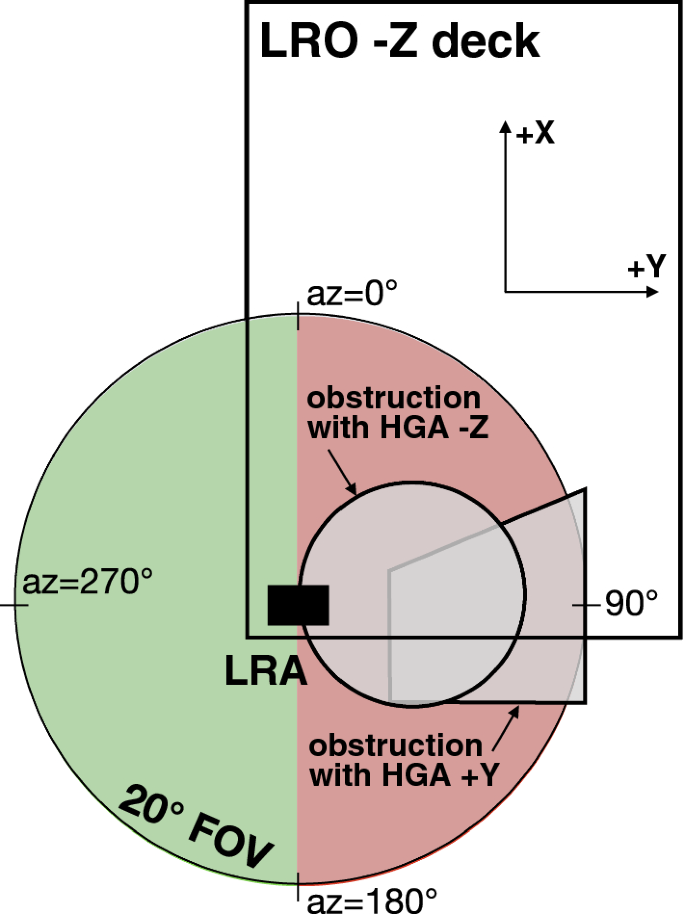Let's face it: astronomy is and probably always will be a pure science. That is, one in which practical applications and social relevance are not immediately apparent. This in turn contributes to the perception that it is esoteric and has an "elitist" aura. Interestingly, the technique of lunar laser ranging - to measure the Moon's distance precisely - is one which can dispel a lot of the mystery and show a more applied science face of what many regard as "star gazing".
It can also help dispel one of the most entrenched conspiracy ideations: i.e. that no real humans landed on the Moon and the Apollo Saturn V blastoffs and lunar landings were filmed using optical gimmicks and on Hollywood sound stages.
The reality is we have devices that were actually left on the surface of the Moon (retroreflectors) and for which we are now able to direct laser pulses to in order to find the Moon's distance. There are seven such devices in all (see top graphic) - 5 of which were delivered by different teams of Apollo astronauts. By precisely timing how long it takes laser light to travel to the Moon (see lower image), bounce off a reflector and return to Earth astronomers can calculate the distance between the Earth and the Moon. (The total duration of time D t » 2. 5 s).
The current measurements reveal that the Moon is drifting away from Earth- at roughly 3.7 cm (1.5 in.) per year. In hundreds of millions of years that means the Moon's apparent angular distance (30 arcsec) will have diminished to the point that it will no longer be able to cover the Sun at total eclipse.
Right now the total eclipse of the Sun works because the angular diameters of Sun and Moon seen from Earth are the same. In merely 50 million years this will no longer be so, the angular span of the Moon being » 5% less so the only eclipses possible will be annular, i.e. a bright ring of the Sun will still show.
More recently, much more exacting experiments have been conducted to determine whether a layer of lunar dust might be affecting the light reflecting efficiency of the retroreflectors left on the surface. This particular investigation entailed bouncing laser pulses off a much smaller (but newer) retroreflector mounted aboard a NASA spacecraft that was skimming over the Moon's surface, and at thousands of miles per hour.
The full details were published in a paper appearing in the journal Earth, Planets and Space, i.e.
https://earth-planets-space.springeropen.com/articles/10.1186/s40623-020-01243-w
Note the primary conclusion of the work was that "the laser echos could be clearly identified and have an intrinsic range precision of < 3 cm. That precision level would be valuable for LLR, particularly at new lunar sites near the poles or limbs ."
This is important and shows that it is feasible to fine tune lunar distance measurements using similar methods. Pay special attention in the paper to the arrays of glass, corner cube prisms that make the "cosmic ricochet" at the heart of the LLR (lunar laser ranging) possible. These optical devices reflect incoming light back to exactly where it came from, ensuring that the retroreflectors send photons on a tight, flip turn. A detailed diagram enabling this appears on p. 5 of the cited paper:

Partial obstruction occurs because of the high gain antenna (HGA) and HGA boom as shown in the diagram. The point is that making repeated measurements over time allowed the authors to piece together a better picture of the Moon's changing distance and hence of its orbit, including its precise orientation in space.
We can thank the Apollo astronauts- specifically of Apollo 11 and 14 - for their intrepid missions and setting up the retroreflectors that have enabled finely tuned measurements of the lunar distance - while also proving that humans indeed landed on that barren satellite. As one news report has proclaimed, these LRAs were among the most "scientifically important" contributions of the Apollo missions.
No comments:
Post a Comment